On April 25, 2025, the Central Party Office issued Notice No. 176-TB/VPTW, the conclusion of General Secretary To Lam at the working session with representatives of the Government Party Committee and central ministries and branches on public health care. Although the document is less than 5 A4 pages long, it has sent a profound signal of reform - likened to the "drumbeat of command" that begins the revolution in the field of health care in Vietnam.
From the perspective of someone who researches, criticizes and advocates health policies towards community development, I find that the Notice contains many fundamental innovations in quality. Although I read it with caution, separating emotions from objective assessment, I still come to a clear conclusion: The General Secretary 's conclusions and directions are the opening push for a process of deep and comprehensive reform, not only in the health sector, but also related to the cultural behavior of health care of the entire population. A true socialized health care revolution is beginning - with the goal of improving the quality of health care, worthy of the stature of Vietnamese people in the 21st century.
Notice 176-TB/VPTW, conclusion of General Secretary To Lam , sends a signal of comprehensive health reform, improving the quality of health care for all people
Below are 9 specific reviews explaining the above statement.
Firstly, affirming the Party's modern and humane viewpoint on health care
Right in the opening, the General Secretary affirmed: “Investing in protecting, caring for and improving people’s health is investing in the country’s development.” This is not only a political statement but also a declaration of the country’s strategic direction. This spirit evokes the revolutionary spirit seen in the country’s changing historical periods.
Second, clearly define the criteria system for evaluating Vietnam's health system.
The General Secretary clearly stated the goal: “Building a fair, high-quality, effective, internationally integrated health system.” Although only encapsulated in one sentence, this is a fundamental orientation, reflecting systemic thinking and fully updating modern assessment factors in health administration.
Third, frankly and objectively assess existing limitations.
The General Secretary’s conclusion did not hesitate to point out that the current shortcomings and limitations of health care are “much greater” than the achievements. This assessment ranges from the quality of the living environment, social health culture, the quality of the health system, to ecological health. The praise mainly comes from international sources, while internal indicators are still worrying. This is a highlight that demonstrates the innovative thinking that goes deep into the substance.
Staff of Mu Cang Chai District Medical Center examines people
Fourth, linking health care with national development goals
The General Secretary did not separate health care from the overall national development but integrated health care into the sustainable development goals. He stated: “People’s health care work needs to aim at building a healthy Vietnam... in line with the country’s development goals to 2030 and 2045”. Including health care goals in the national development strategy shows the unity of multi-sectoral leadership thinking, linking health - economy - society.
Fifth, return healthcare to its rightful strategic place.
For the first time, health care is identified as a top political task in socio-economic development. This is a qualitative change, when health care is not only a support service but also a core element of the national strategy.
Sixth, the entire political system gets involved, aiming for universal health.
The approach of “health for all – all for health” reflects the spirit of mobilizing the whole society. The General Secretary pointed out the requirement to synchronously mobilize the entire political system, all levels of sectors and people, to realize this goal on the principle of transparency, accountability and specific progress control.
Seventh, be decisive in action, specific in organization, and clear in roadmap.
The General Secretary assigned specific tasks: The Government Party Committee must preside over the drafting of the Politburo Resolution on health care, handle “new issues, major issues, bottlenecks and knots”, clearly define goals, roadmap and responsibilities. In particular, the subcommittees of documents and the socio-economic subcommittees of the 14th National Congress are required to review and fully update the content of health care in the documents submitted to the Congress. This is a clear manifestation of a decisive action mindset and focused implementation.
Eighth, fundamentally innovate the healthcare model – from structure to function
Notice 176 does not stop at political orientation, but goes into the technical organization of the health sector. For the first time, the Party advocates restructuring the health system, shifting from a 3-level model to a 2-level model, with primary health care as the foundation.
Primary health care is clearly repositioned in terms of functions: primary care, prevention, chronic disease management, periodic examinations, electronic health records... This requires the medical industry to change its mindset: from a treatment model focused on individuals to a model of proactive and continuous community care. A transformation of "both hardware and software".
Investing in protecting, caring for and improving people's health is investing in the country's development.
Notice 176-TB/VPTW, the conclusion of General Secretary To Lam, sends a signal for comprehensive health reform, improving the quality of health care for all people. It requires that grassroots health care "must be strong enough, have enough people, enough technology", and must become a place where people put their trust. This is a truly strong call. The challenge is enormous, because the change requires organizational structure, financial system, human resource training, and especially a change in professional culture.
Ninth, towards health care for the people - comprehensive, humane and sustainable care
The General Secretary affirmed: “A healthy society cannot rely solely on doctors”. That is the core, modern message, and very true to the nature of an advanced healthcare system. The policy of annual health check-ups, the roadmap towards free hospitalisation for all (2030-2035), the implementation of electronic health records, connecting and sharing medical examination and treatment data... are concrete steps demonstrating the goal of healthcare for the people.
The General Secretary also emphasized the proactive role of each citizen in disease prevention: healthy eating, sports, regular health check-ups, mental care, avoiding alcohol and tobacco... This is an approach that puts community health at the center - far beyond the traditional "patient - doctor" mindset.
The General Secretary’s conclusion represents a consistent, systematic, in-depth and highly actionable strategic vision. It is not only a political orientation but also a “call to arms” for the entire system: the health sector, the government, the parliament, and each citizen.
However, to realize this medical revolution, the challenge is not small. Vietnam needs:
Restructuring the health system in conjunction with universal health care. Strengthening primary health care, training high-quality community health resources. Transforming the health financing model, reducing out-of-pocket payments. Applying digital transformation, synchronizing universal health data. Changing the health care culture from passive to proactive.
This is a problem of policy, organization, resources and also a test of the reform capacity and commitment to act for the people of the entire political system.
According to VOV
Source: https://baothanhhoa.vn/chi-dao-cua-tong-bi-thu-to-lam-nhu-tieng-trong-lenh-cai-cach-y-te-toan-dien-251444.htm


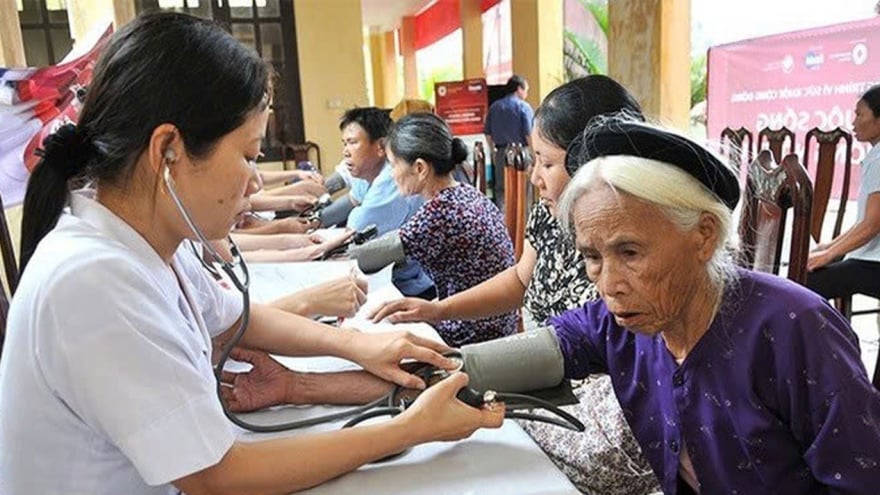
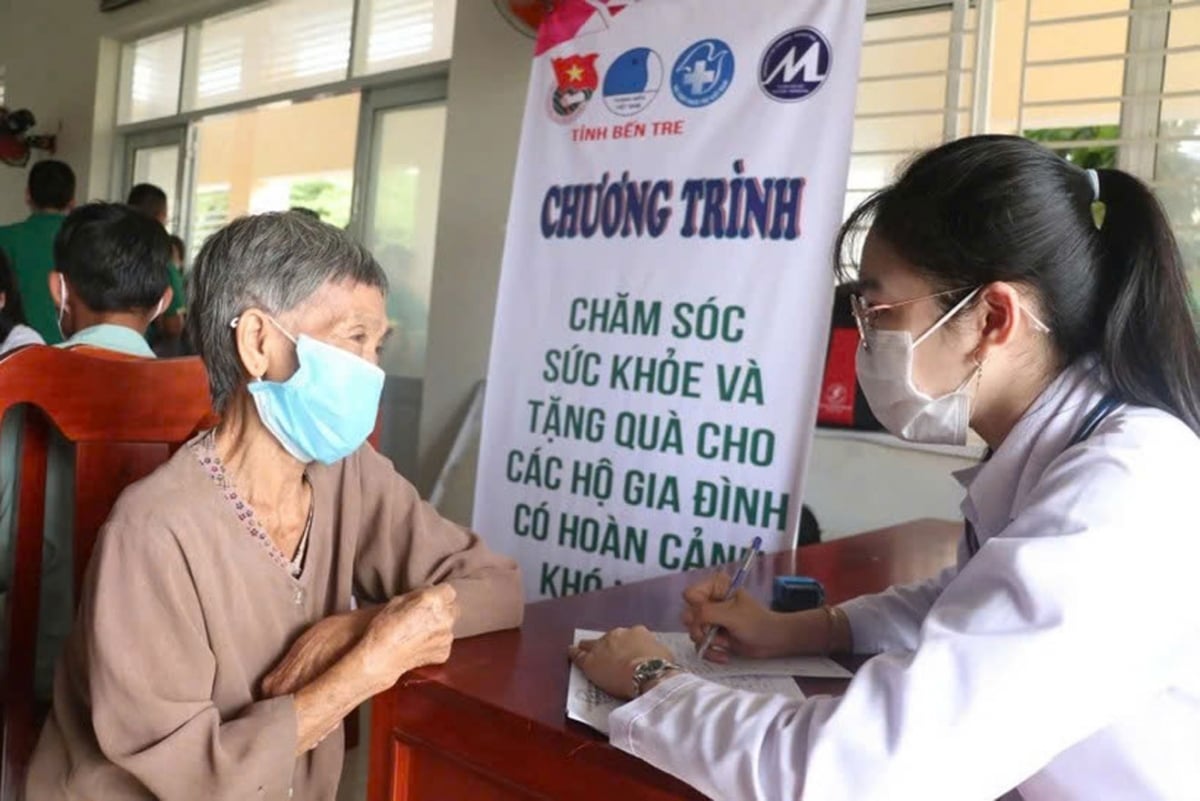
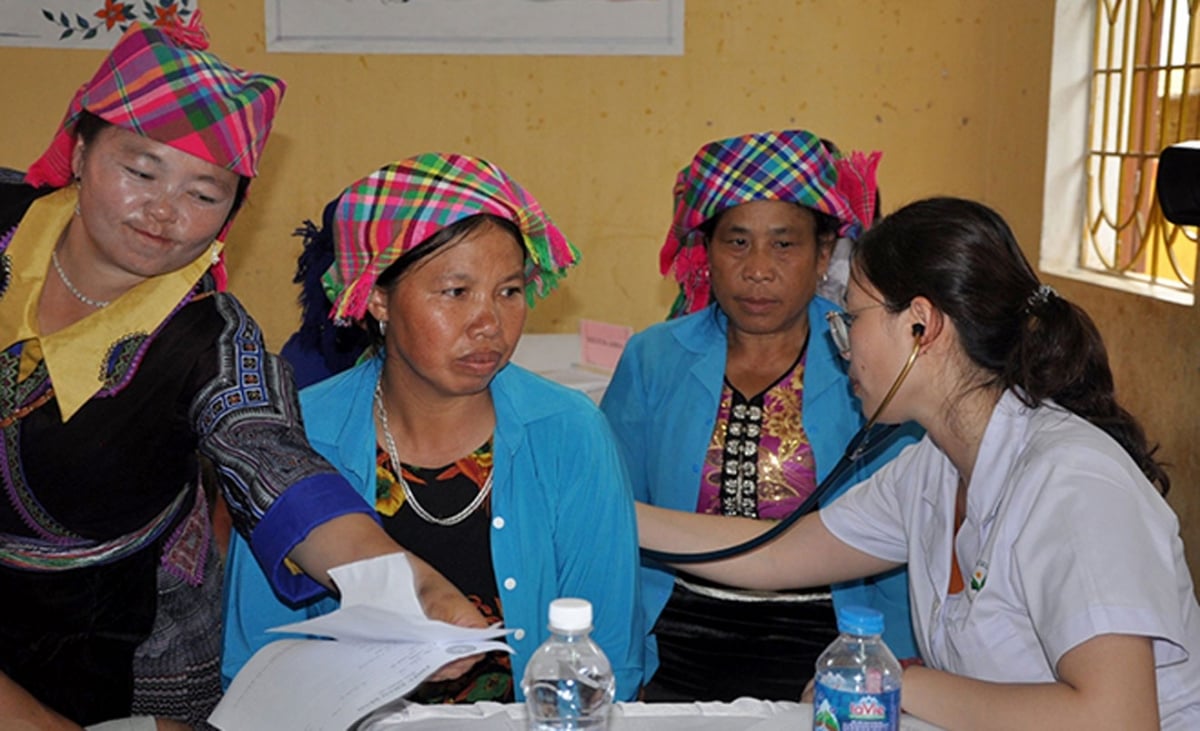
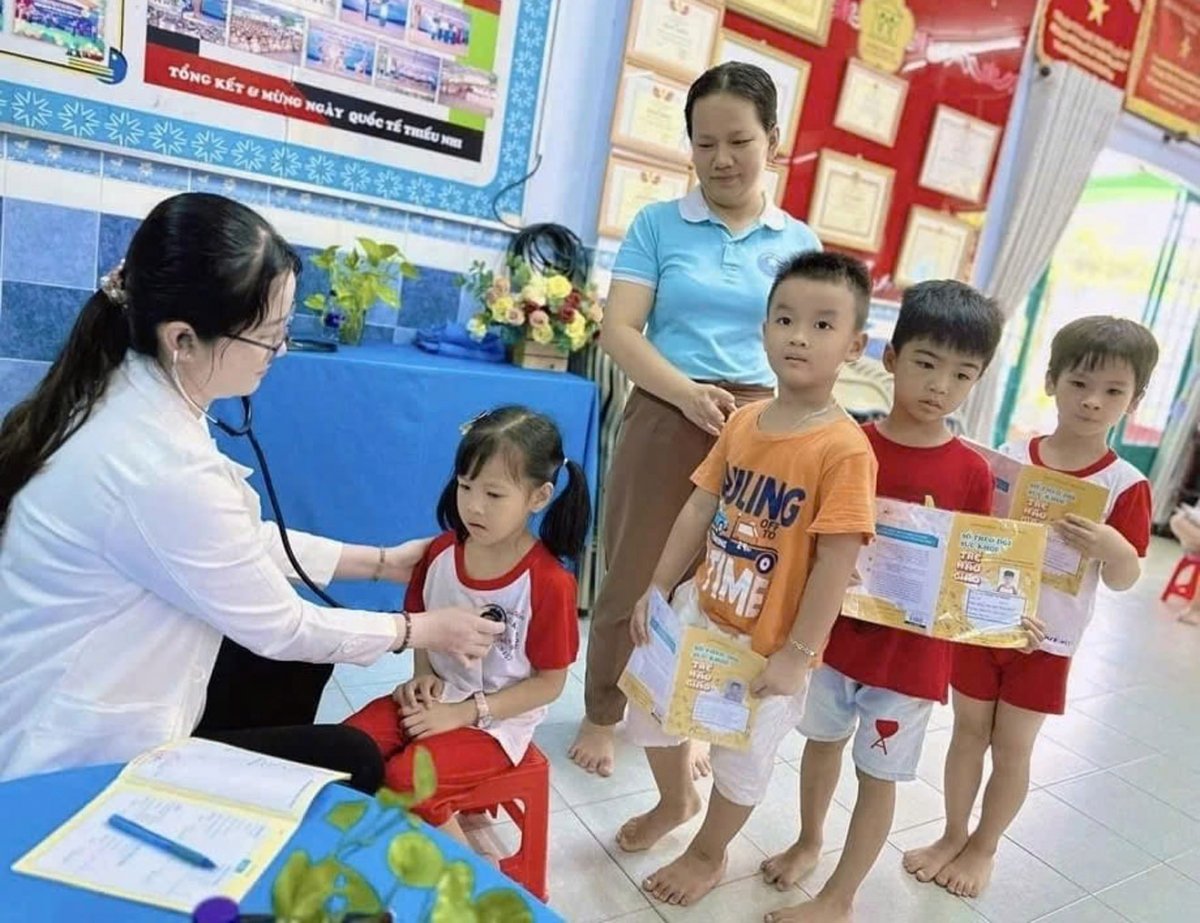










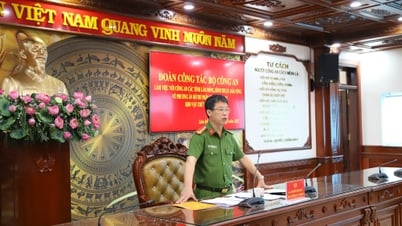





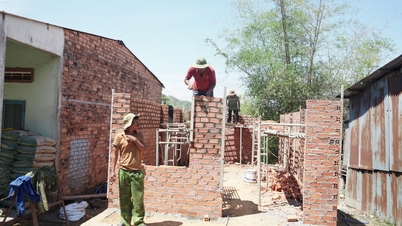









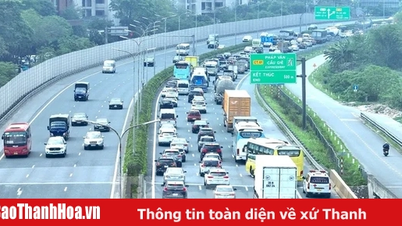


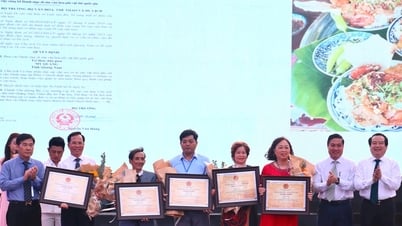

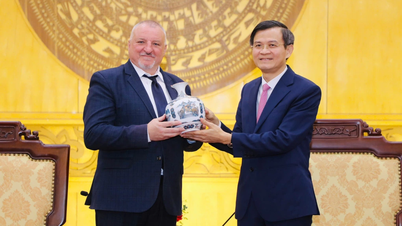

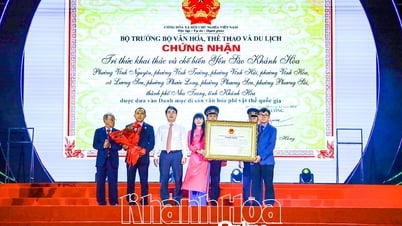



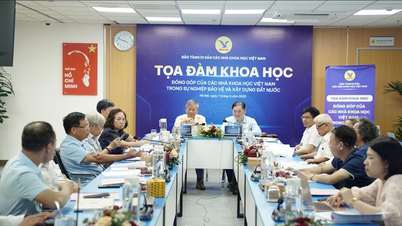

























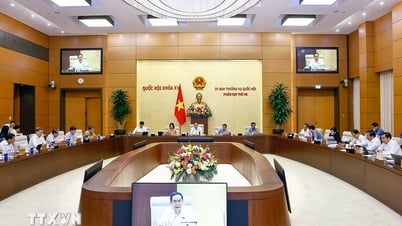


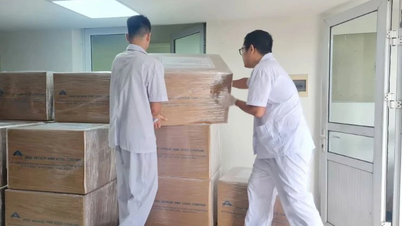


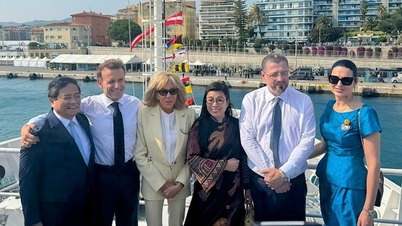








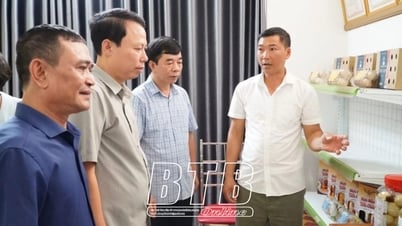






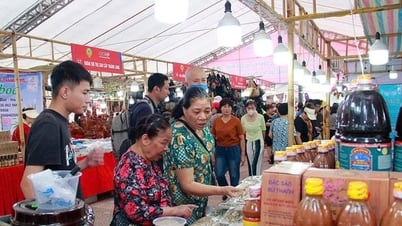



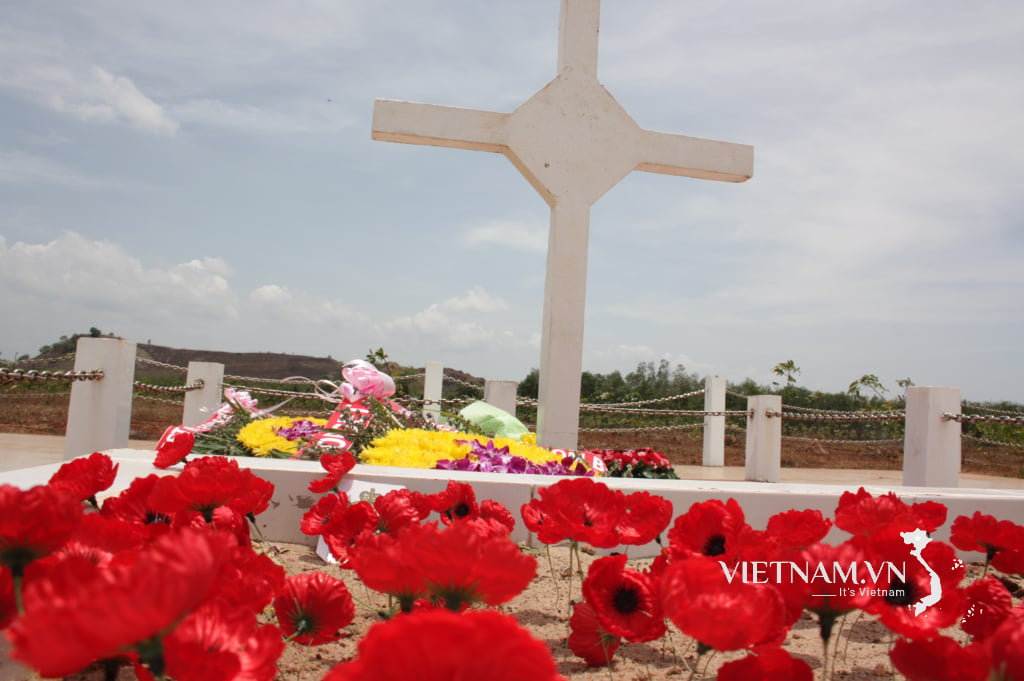
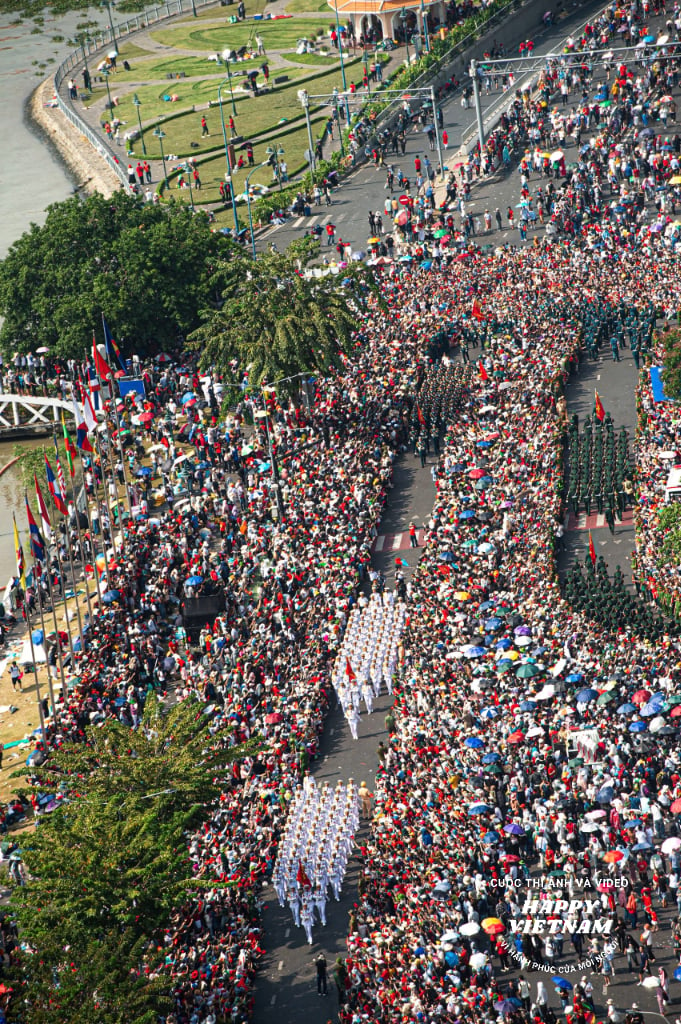

Comment (0)